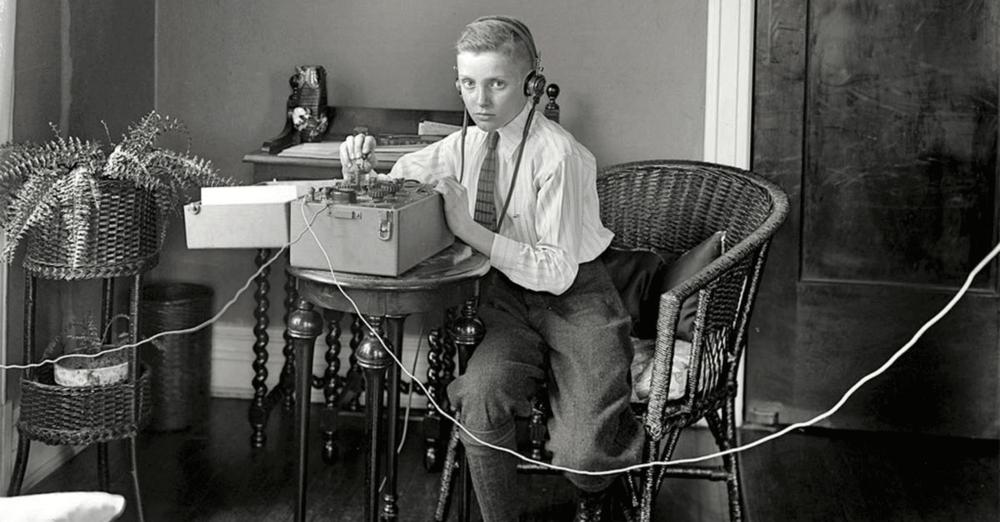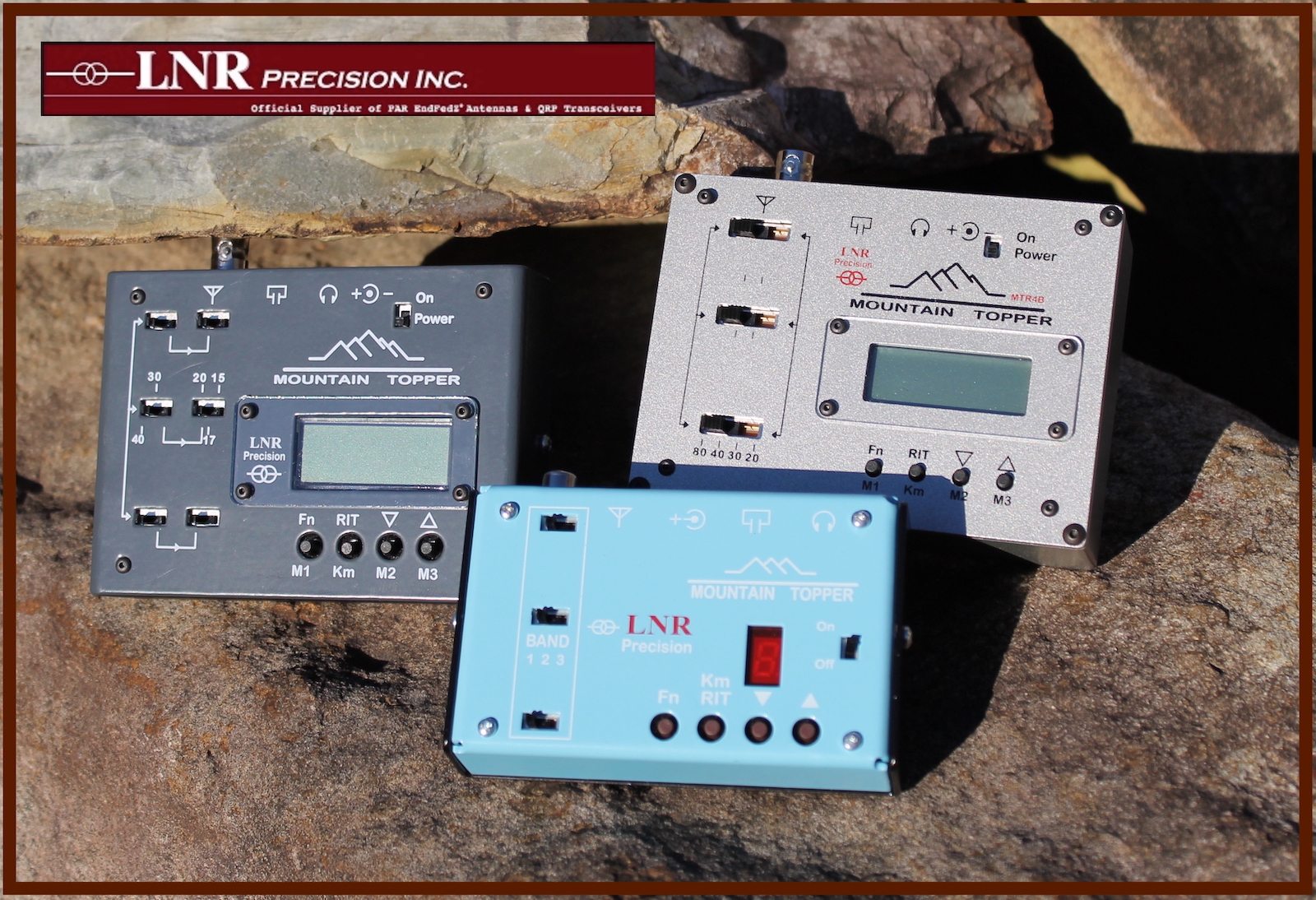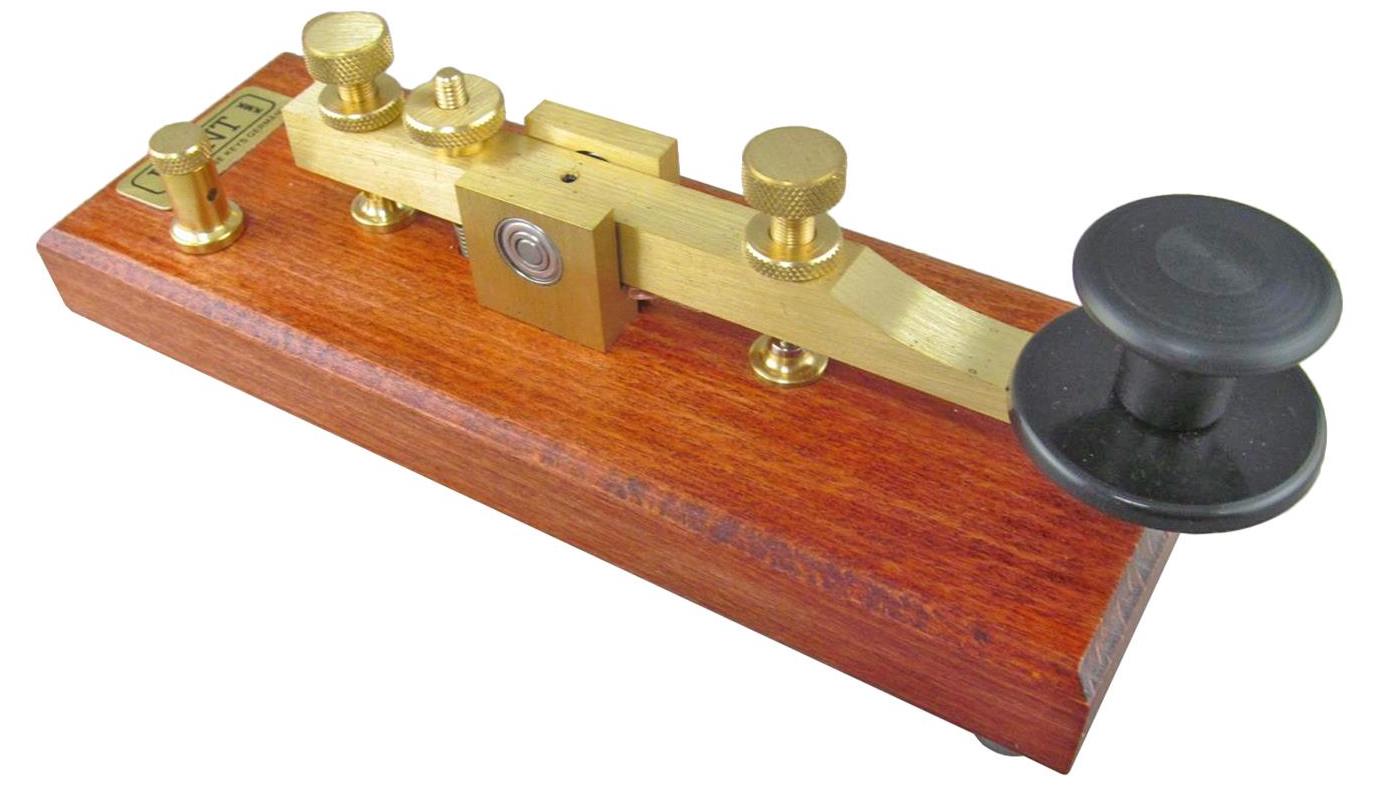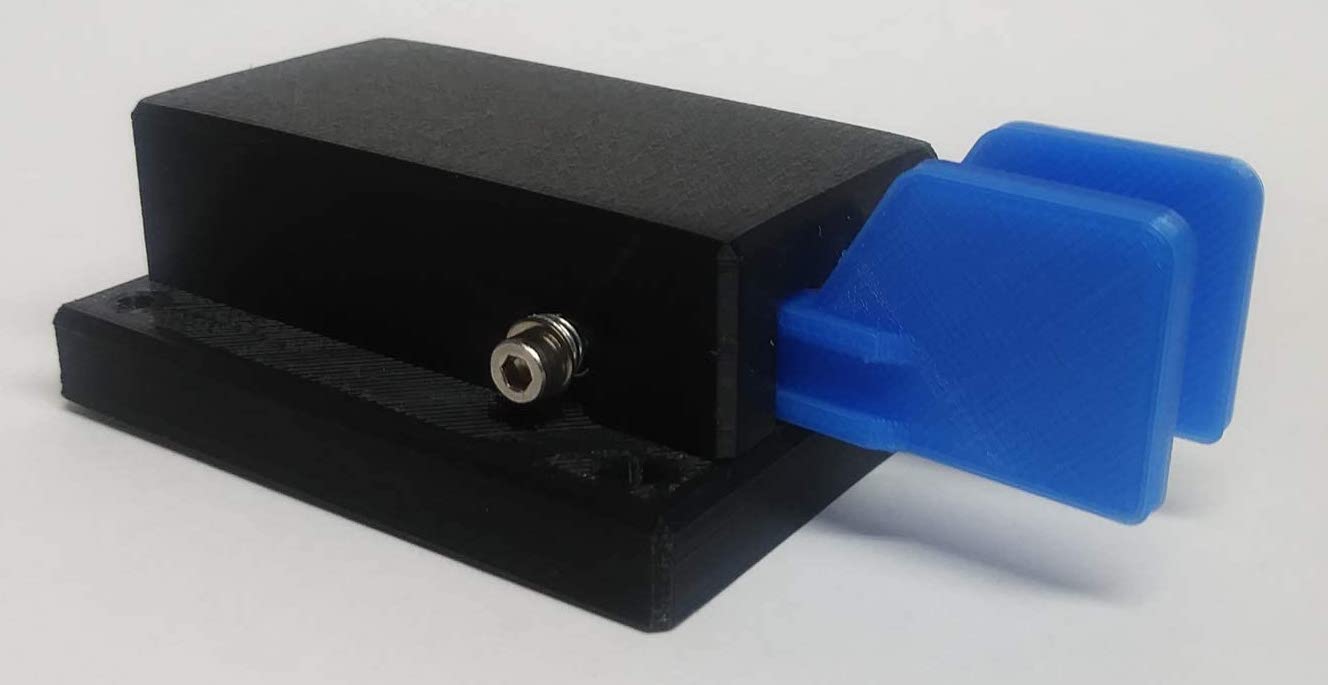Learn Morse Code for Fun and Profit

Today is Morse Code Day! You might be surprised to learn that CW (the modern term for Morse) is still widely used in certain corners of the amateur radio universe, not for nostalgia reasons, but because it’s still the best solution to a particular problem. If you want a human-mediated communication method with low transmitter power requirements, good for portable use, and with a very narrow bandwidth (to avoid overlap or interference with other signals), then Morse is your answer. There are plenty of companies making new CW transceivers, like this Mountain Topper series. Maybe their slogan should be “Morse: not dead yet.”

For the past several weeks I’ve been hard at work attempting to learn Morse, spending time each day with trainer software to practice decoding and sending. It’s hard. It doesn’t take too long to learn the dash-dot patterns of the 40-something letters, numbers, and symbols, but it’s hard to be fluent enough to mentally decode them quickly and without conscious thought. Unlike reading a book in a foreign language, you can’t stop and go back over a section where you had trouble. If you ever need to pause and think “what does dash-dot-dash-dash mean again?” then you’re dead. You just need to practice and practice until dash-dot-dash-dash innately sounds like Y in your head, just as much as a spoken word does.
A few decades ago, most people learned Morse by starting at a slow speed about 5 words per minute, which was once the speed requirement for a Novice radio operator’s license in the United States. But at that speed, you can consciously count the dashes and dots, and you naturally construct a lookup table inside your head. You think 1-1-2, oh that’s a Y. But this turns out to be a handicap when you attempt to go faster, and conscious access to a mental lookup table simply can’t go fast enough. The most recommended learning method today is to start learning letters at 18 to 20 wpm, where you can’t easily count the individual dashes and dots anymore, but you learn to recognize the rhythm of each letter, like a snippet of music. But to avoid becoming overwhelmed, extra space is inserted between each letter so the overall average rate is still 10 wpm or less.
Experienced CW operators tell me that learning to send Morse is actually easier than learning to receive and decode it. I’ve been practicing receiving for several weeks, but only just started sending practice a few days ago.
The technology used for sending Morse has changed over the decades. In old movies you see people making tap-tap-tap gestures on a single lever, that’s called a straight key. These aren’t used much anymore, but they’re easy to understand. As long as the key is held down, the radio emits a tone, and the operator has full control over the speed and relative duration of dashes and dots and the gaps between them. This allowed operators to develop a distinctive keying style called a “fist”, which others could use to recognize them even if they weren’t explicitly identified. For example, an operator might have a habit of slightly rushing the last dot in R, or using a particular uneven spacing between the elements of C.

Today most CW operators use a device called a paddle, along with an electronic keyer. The paddle has two levers that are pushed horizontally rather than vertically, one paddle for dashes and one for dots. A circuit in the electronic keyer emits a perfectly-timed series of dashes or dots for as long as the corresponding paddle is pushed. There’s also a simple form of “type ahead”. If you push the dot paddle while a dash is being transmitted, the keyer will emit the dot after the dash is finished, with exactly the right gap between them.

VBand is a fun web-based tool for experimenting with Morse code along with other beginners. You can use keyboard keys as if they were the levers on a paddle, then jump into a chat room and have a horribly fractured conversation with a stranger.
An odd bit of trivia: the original code developed by Samuel Morse in 1838 is not what’s used today. That code was retroactively named American Morse Code, after the rest of the world adopted a different version. American Morse is rather strange, and is now more-or-less extinct. Everybody today uses International Morse Code. Score one for standardization.
Read 4 comments and join the conversation4 Comments so far
Leave a reply. For customer support issues, please use the Customer Support link instead of writing comments.


Hi Steve,
Congratulations on your ham license, and welcome. I’ve been at ham radio for nearly 60 years, since 1963. Though not active currently, I made many, many CW contacts all over the world using 100 watts or less to wire antennas and verticals. It was certainly my preferred mode of communication.
For sending, get yourself a paddle keyer. It is so much easier and accurate. I was never much good at a straight key but could zip along at 20 wpm on a keyer with no problem.
The hurdle you will cross in receiving is when you get to the point where you start recognizing words as a unit, and not just individual letters. Take the common word “the” for example. Send it out at a fast clip and you will notice it has a very definite melody to it. Remember the melody of individual words and listen for them. This is the key to getting beyond 15 wpm.
Most of all, have fun and experiment. Congrats!
Bill, WE7W (ex-K3YEQ, W0OHF, AG0O)
Thanks! Sorry to hear you’re not active currently, what’s kept you away? For the type of word recognition you described, morsecode.ninja has some practice videos that may be very helpful. Collections like top 90 QSO elements or top 200 English words, that you can listen to and practice head copy.
I don’t yet own any CW-capable radio, but I’ve been practicing listening and keying with the Morserino. I’ve also used a Web SDR to listen to live CW traffic on the 40m and 20m bands, and for the slowest operators, I can understand chunks of it but I’m still missing a lot. I hope to get a radio very soon, and will try a slow-speed CW contact. It will probably be a train wreck where everything needs to be repeated five times, but fortunately it seems like people are patient with beginners.
Hi Steve,
I went hard at it for almost 40 years then I moved more into other interests (computer, etc.). I still do some SWLing on shortwave and the AM broadcast bands. I recently bought an older style rig, an ICOM IC-718, and hope to be on the air again in time. I still need to buy some hardware yet. I’m an old guy here, 74. Don’t move so fast anymore.
Thanks for the ninja CW link.
You will do fine and have a lot of fun in the ham universe. I may try some digital at some point – FT8, etc. I never got into that.
Bill
Steve
I am an old ham but have been pretty inactive for the last few decades. Never did sideband or phone but got into TTY using refurbished teletype printers with keyboards – quite different from standard keyboards. Did this on VHF using an old taxi transceiver but with home brew tone shift generator and decoder. I also did some HF work (CW again) with home made transmitter running around 20 Watts. On one occasion had a contact with a mobile unit in Hawaii (and yes CW on 40)!
I noticed the link on your site marked “Radio” and thought I would check it out.
The reason I was on BMOW was that I had bought 2 Mac EMUs (I had managed to kill the first one due to a probe slip) and am trying to restore a couple of Macs (128 and a Plus) and am in the process of trying to figure out how to change out some of the games on the Rominator on the Mac Plus. Have had a lot of help from JDW. But that is another story.
The reason for my “Mac fetish” is that back in the 80’s I bought a Mac 128 (I still have it) and used it in my Company for PCB designs (sure beat the tape on mylar that I was currently using.
Once I finish the Mac project I probably will get back into hamming. My CW speed has deteriorated over the years so I guess it is just a case of practice and more practice. I really don’t have a decent antenna but will probably install a vertical along with a GOOD ground plain. But that is another project.
And I agree that receiving is the hard part when the speeds increase. I just love hearing 50+ WPM and knowing that somewhere out there is a person who is able to hear it as easy as the spoken word. That will be my goal if I live long enough!
Gene
VE7BPX
North Vancouver, BC.